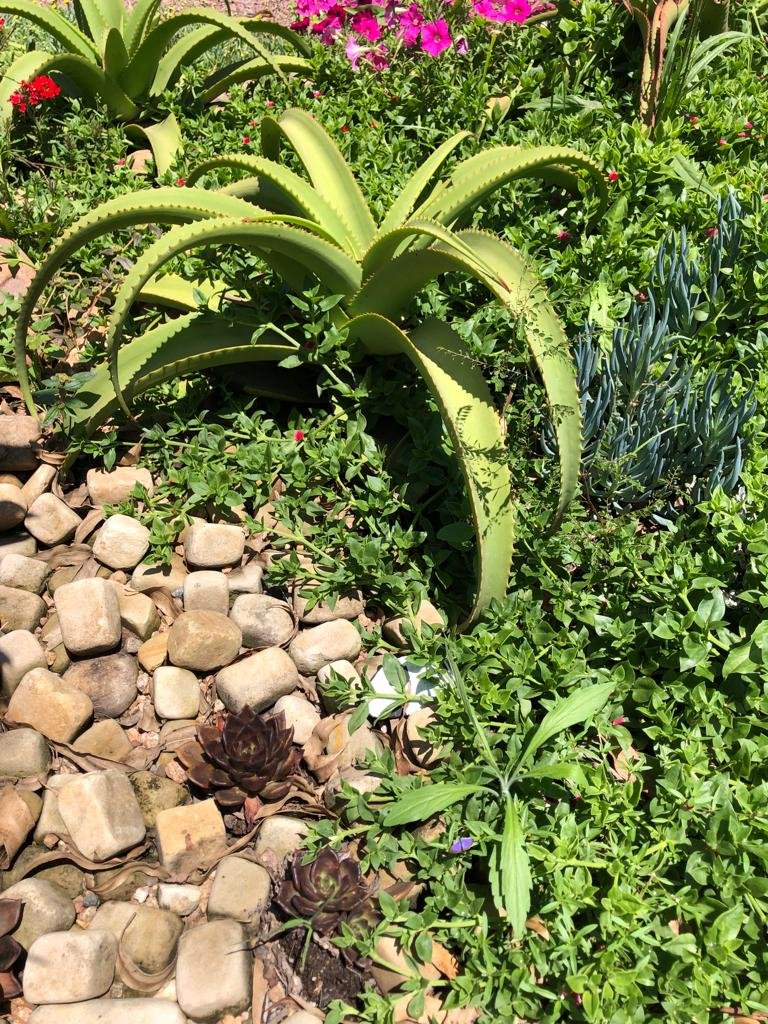A little time spent in the garden now can save you hassles later.Does it seem like your lawn is always overgrown, weeds are taking over and those shrubs are in constant need of pruning? It doesn’t have to be this way! There are little things you can do to ensure your garden always looks good, saving you from doing all the difficult, laborious work at once. Make a few little changes to your gardening habits and you’ll have more time to relax and enjoy your backyard.
1. Just a trim
Pruning your plants regularly will prevent them from growing out of control and save you having to do annual battle. Trimming often means you only have to nip off the tips of new growth, so you won’t need to get the rake out and deal with a mass of green waste. Instead, you can just let it land on the ground, where it will turn into mulch.
2. Let it flow
Leave groundcovers along walls and in pots to flow over the edge of the wall or pot. Even if your garden is still a young garden the faster growing groundcovers can give your garden a mature and established look .
3. Weed ’em out
A constant problem during the growing season, weeds should be dealt with promptly by pulling them out. Or, if necessary in lawns , spray thoroughly with a specialised weed killer as soon as they appear and before they set seed.An area covered with plants is less likely to get weeds than bare patches of soil, so plant groundcovers or even throw down a couple of vegie seeds or seedlings on the bare spot. You may be able to harvest vegetables, too!
4. Get the dirt
Mulch is the low-maintenance landscaping hero. Spread over the soil after planting, which will hinder weed growth and prevent the soil from drying out too quickly. It also helps keep the soil cool in summer and insulates the ground in winter – the plants will love you for it!
5. A clean cut
The best thing you can do for your lawn is to mow high and often. Taking off only the blade tips makes the grass much healthier and denser. Plus, you won’t need to use a catcher – just let the cuttings add organic matter to your lawn. Regularly check your mower blades are sharp to make sure they cut cleanly. Dull blades can shred your grass and cause discolouration at the tips, spoiling the look of your lawn.







